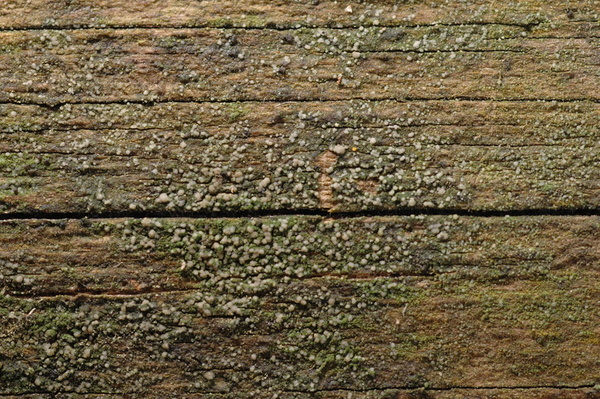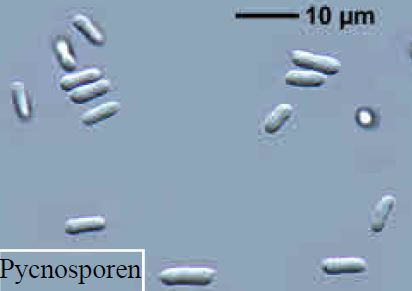Micarea micrococca (Körb.) Coppins
Gams ex Coppins, Checklist Lich. Great Brit. Ireland: 86, 2002. Basionym: Biatora micrococca Körb. - Parerga Lichenol.: 155, 1860.
Synonyms: Lecidea micrococca (Körb.) Cromb.
Distribution: N - Ven (Thor & Nascimbene 2007), Lomb (Herb. Nascimbene 1773). C - Abr (Herb. Nascimbene 2424). S - Cal (CLU 12878).
Description: Thallus crustose, thinly episubstratic, effuse, continuous, bright green to olive-green, subgelatinous when wet, composed of small, scattered or aggregated, ecorticate, 12-50 µm wide goniocysts, with crystals soluble in K visible under polarized light. Apothecia micareoid, whitish grey to cream-coloured, sessile, 0.1-0.3 mm across, with a strongly convex, sometimes tuberculate, epruinose disc, without a proper margin. Proper exciple poorly developed, usually indistinct; epithecium colourless or slightly yellowish, K-, C-; hymenium colourless, 25-50 µm high; paraphyses numerous, branched and anastomosing, 0.7-1.2 µm thick, the apical only slightly wider; hypothecium colourless, 40-170 µm high. Asci 8-spored, clavate to cylindrical-clavate, with an unstained wall and a K/I+ blue outer layer and apical dome, the latter with a non-amyloid, cylindrical axial mass. Ascospores (0-)1-septate, often constricted at septa, hyaline, ellipsoid or oblong-ovoid, 10-12(-16) x 3-4.5 µm. Pycnidia frequent, white or grey around the ostiole, K+ and C+ more or less violet, of 2 types: a) mesopycnidia 50-150 µm wide, globose or barrel-shaped, with a wide ostiole, producing cylindrical to obpyriform mesoconidia measuring (4-)4.5-5.5 x 1.2-1.5 µm; b) micropycnidia 30-60 µm wide, globose, producing bacilliform or narrowly fusiform microconidia measuring 5-8 x 0.8-1 µm. Photobiont micareoid, the cells 4-7 μm wide. Spot tests: thallus and apothecia K-, C-, KC-, P-, UV-. Chemistry: methoxymicareic acid.
Note: a member of the M. prasina-complex, mainly growing on bark, more rarely on soil, plant debris and pebbles; in Western Europe it is often the most common member of the complex; earlier records might be under M. prasina.
Growth form: Crustose
Substrata: bark, lignum, rocks, soil, terricolous mosses, and plant debris
Photobiont: green algae other than Trentepohlia
Reproductive strategy: mainly sexual
Commonnes-rarity: (info)
Alpine belt: absent
Subalpine belt: rare
Oromediterranean belt: absent
Montane belt: very rare
Submediterranean belt: absent
Padanian area: absent
Humid submediterranean belt: absent
Humid mediterranean belt: absent
Dry mediterranean belt: absent
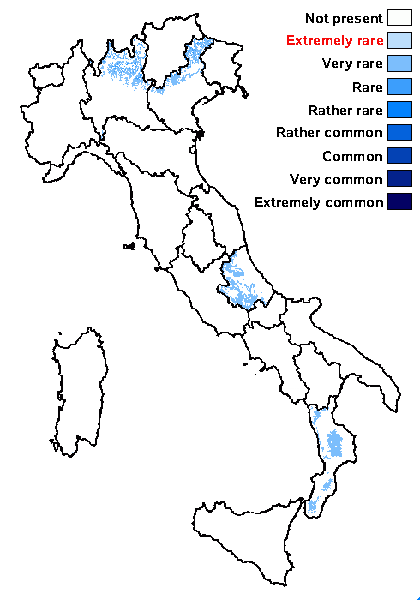
Predictive model
Herbarium samples


Felix Schumm CC BY-SA 4.0
[14979], Germany, Baden-Württemberg, Rems-Murr-Kreis, Obersteinenberg, 430m. TK 7123
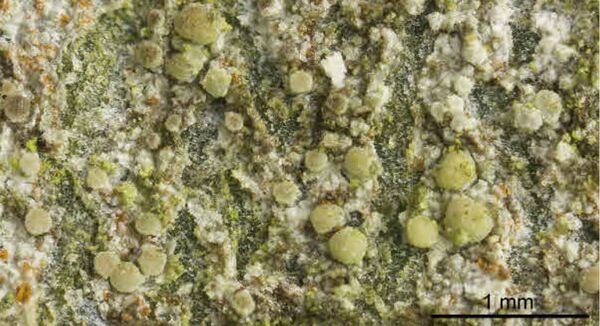

Felix Schumm – CC BY-SA 4.0
[16038], Germany, Baden-Württemberg, Kreis Göppingen, an Zaunpfosten bei Heiningen, 336 m


Felix Schumm – CC BY-SA 4.0
[16038], Germany, Baden-Württemberg, Kreis Göppingen, an Zaunpfosten bei Heiningen, 336 m


Felix Schumm – CC BY-SA 4.0
[16038], Germany, Baden-Württemberg, Kreis Göppingen, an Zaunpfosten bei Heiningen, 336 m
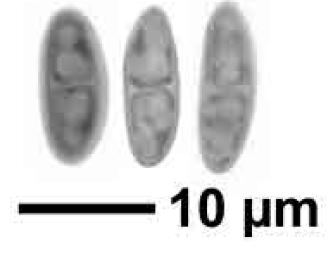

Felix Schumm – CC BY-SA 4.0
[16038], Germany, Baden-Württemberg, Kreis Göppingen, an Zaunpfosten bei Heiningen, 336 m


Felix Schumm – CC BY-SA 4.0
[14979], Germany, Baden-Württemberg, Rems-Murr-Kreis, Obersteinenberg, 430m. TK 7123
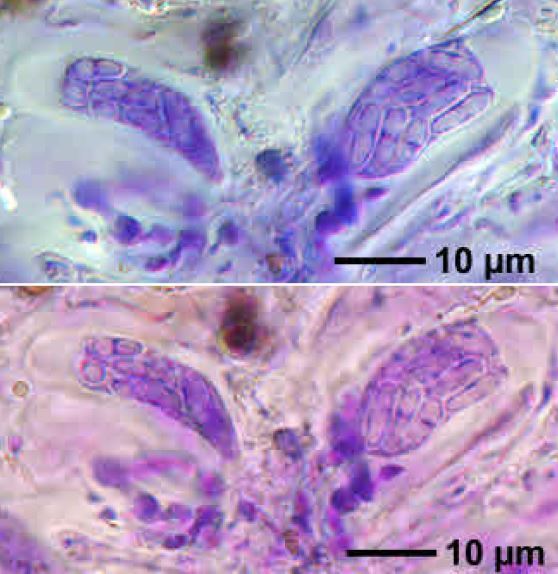

Felix Schumm – CC BY-SA 4.0
[14979], Germany, Baden-Württemberg, Rems-Murr-Kreis, Obersteinenberg, 430m. TK 7123
Growth form: Crustose
Substrata: bark, lignum, rocks, soil, terricolous mosses, and plant debris
Photobiont: green algae other than Trentepohlia
Reproductive strategy: mainly sexual
Commonnes-rarity: (info)
Alpine belt: absent
Subalpine belt: rare
Oromediterranean belt: absent
Montane belt: very rare
Submediterranean belt: absent
Padanian area: absent
Humid submediterranean belt: absent
Humid mediterranean belt: absent
Dry mediterranean belt: absent

Predictive model
| Herbarium samples |


Felix Schumm CC BY-SA 4.0
[14979], Germany, Baden-Württemberg, Rems-Murr-Kreis, Obersteinenberg, 430m. TK 7123


Felix Schumm – CC BY-SA 4.0
[16038], Germany, Baden-Württemberg, Kreis Göppingen, an Zaunpfosten bei Heiningen, 336 m


Felix Schumm – CC BY-SA 4.0
[16038], Germany, Baden-Württemberg, Kreis Göppingen, an Zaunpfosten bei Heiningen, 336 m


Felix Schumm – CC BY-SA 4.0
[16038], Germany, Baden-Württemberg, Kreis Göppingen, an Zaunpfosten bei Heiningen, 336 m


Felix Schumm – CC BY-SA 4.0
[16038], Germany, Baden-Württemberg, Kreis Göppingen, an Zaunpfosten bei Heiningen, 336 m


Felix Schumm – CC BY-SA 4.0
[14979], Germany, Baden-Württemberg, Rems-Murr-Kreis, Obersteinenberg, 430m. TK 7123


 Index Fungorum
Index Fungorum
 GBIF
GBIF
